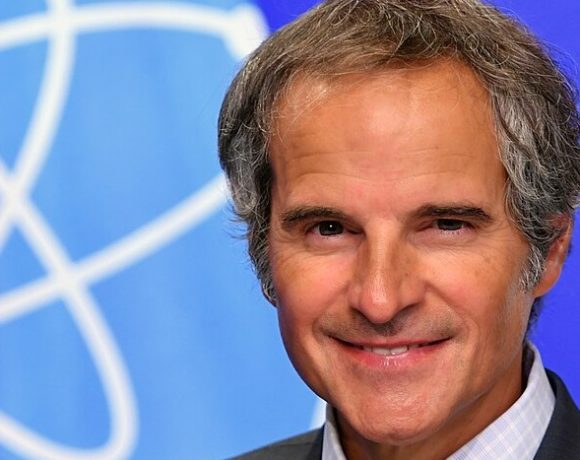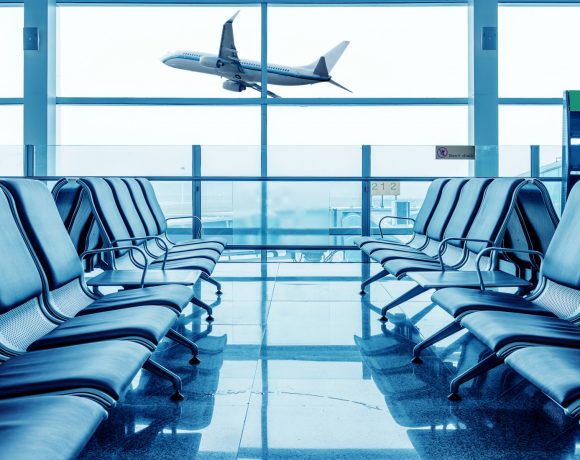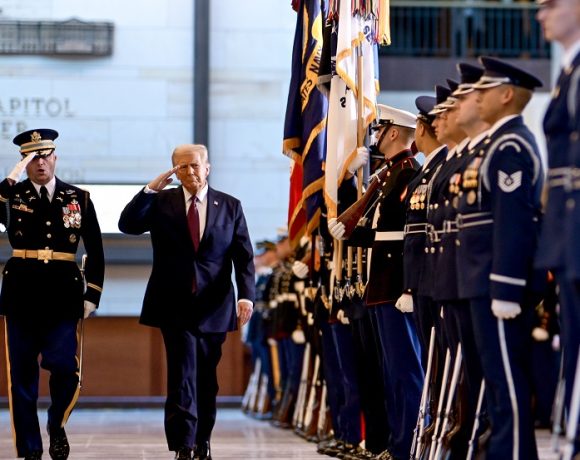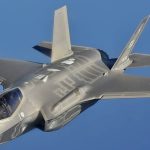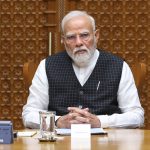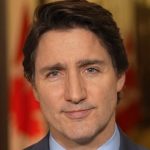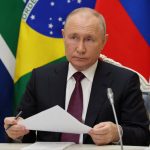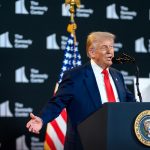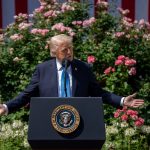
U.S. Revises Japan Tariff Calculation After Error
Japan revealed that the United States made a clerical error in calculating the “reciprocal” tariff rate. As a result, the effective rate on Japanese goods entering the U.S. will be lower than initially announced.
What Went Wrong
Japan’s chief trade negotiator, Ryosei Akazawa, explained that the original figure overlooked an agreed-upon tariff ceiling for Japan. This omission unintentionally raised the tariff beyond what both countries had agreed. The U.S. has now acknowledged the mistake and promised to correct it, ensuring the Japanese government and businesses aren’t unfairly charged.
Tariff Reductions and Refund Promise
As part of the revised tariff agreement, the U.S. will reduce auto tariffs on Japanese vehicles from 27.5% to 15%. Officials also pledged to refund any excess duties already collected because of the calculation mistake. This move is aimed at restoring confidence in trade relations and helping Japanese exporters.
Economic Impact and Outlook
The adjustment offers much-needed relief as American tariffs had already begun to impact Japan’s economy, including lower growth estimates. Japanese automakers and exporters had been under pressure, with concerns about delayed investments and shrinking profits. The correction may ease some of these burdens and reduce uncertainty in markets and policymaking.


